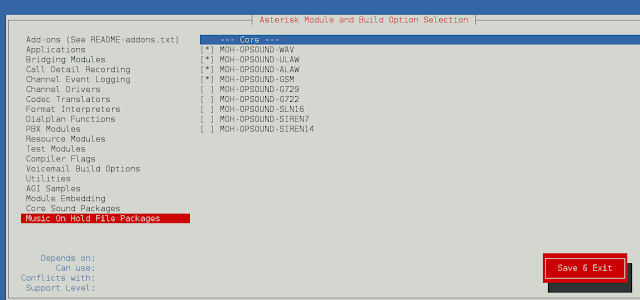A class, which is referred as a collection of group of objects, is created using a class keyword. Whenever an object is initialized, the class method gets called for the object. The following examples show the class variable alternatives:
Using Class: The class keyword allows user to create a class. A class keyword is essential for the creation of a class in JavaScript. Always use a capital letter as a first letter for the class name.
- Program:
javascript
<!DOCTYPE html><html><head> <h1>neveropen</h1></head><body> <p id="gfg"></p> <script> class Fruit { constructor(fname) { this.fruit1 = fname; } } Fru = new Fruit("Mango"); document.getElementById("gfg").innerHTML = Fru.fruit1; </script></body></html> |
- Output:
Using Methods: Every time the instance of a class is created (Object Instantiation). It is initialized using the constructor() method that doesn’t have any return type in it. If the user has not defined the constructor() method, then JavaScript does it automatically (default constructor will be picked up by JavaScript).
- Program:
javascript
<!DOCTYPE html><html><head> <h1>neveropen</h1></head><body> <p id="gfg"></p> <p id="gfg1"></p> <script> class Fruit { constructor(fname) { this.fruit1 = fname; } present() { return "My favourite fruit is " + this.fruit1; } } Fru = new Fruit("Mango"); document.getElementById("gfg").innerHTML = Fru.fruit1; document.getElementById("gfg1").innerHTML = Fru.present(); </script></body></html> |
- Output:
Using Static Method: This methods is simple and they are called on the class and not on the objects of the class. Using static keyword there is no need to use class name while calling any variable or method.
- Program:
javascript
<!DOCTYPE html><html><head> <h1>neveropen</h1></head><body> <p id="gfg1"></p> <script> class Fruit { constructor(fname) { this.fruit1 = fname; } static new() { return "Mango!!!!"; } } Fru = new Fruit("Mango"); document.getElementById("gfg1").innerHTML = Fruit.new(); </script></body></html> |
- Output:
Using Inheritance: Inheritance allows the child class to inherit the properties of the parent class. The keyword “extends” is used for this purpose. Inheritance though are of many types including Single, Multilevel ,Multiple and Hybrid inheritance.
- Program:
javascript
<!DOCTYPE html><html><head> <h1>neveropen</h1></head><body> <p id="gfg1"></p> <script> class Fruit { constructor(fname) { this.fruit1 = fname; } present() { return "My favourite fruit is " + this.fruit1; } } class Healthy extends Fruit { constructor(fname, mod) { super(fname); this.healthy = mod; } show() { return this.present() + ', it is very ' + this.healthy; } } fru = new Healthy("Mango", "healthy"); document.getElementById("gfg1").innerHTML = fru.show(); </script></body></html> |
- Output:
Using Get- Set Method: Getters allows to get the values of ES6 class variables and Setters allows to set those values respectively in proper fields and this whole process of using getter and setter methods comes under Encapsulation (which means wrapping up of data).
- Program:
javascript
<!DOCTYPE html><html><head> <h1>neveropen</h1></head><body> <p id="gfg1"></p> <script> class Fruit { constructor(fname) { this.fruit1 = fname; } get fruitss() { return this.fruit1; } set fruitss(x) { this.fruit1 = x; } } Fru = new Fruit("Mango"); document.getElementById("gfg1").innerHTML = Fru.fruitss; </script></body></html> |
- Output:
Supported Browsers: The browsers supported by ES6 Class Variable Alternative are listed below:
- Google Chrome 49
- Firefox 45
- Internet Explorer Edge 12
- Opera 36
- Safari 9









